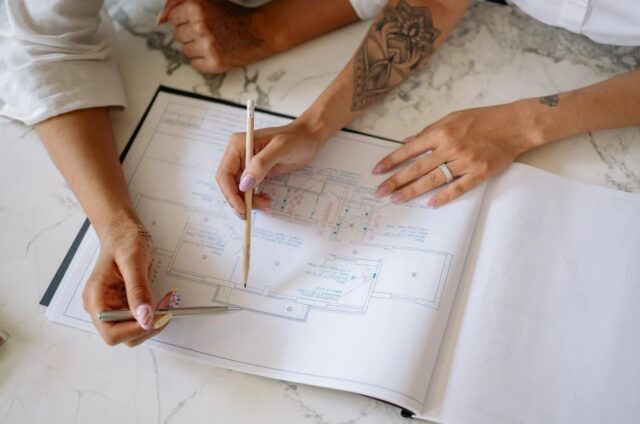Urban planning is a profession that has been around for centuries. It’s the process of designing and managing the physical development of human settlements, with the goal of creating places where people live, work, and play in a healthy and sustainable way.
Urban planning careers can be very diverse. There are many different roles within this field. Some examples include: city planner, landscape architect, urban designer, transportation planner, community planner and more.
There are many reasons why so many people are drawn to urban planning as a career. It can be rewarding to make changes in communities that have become overpopulated or have lost their identity due to rapid industrialization. Urban planners work with decision-makers like mayors or other government officials to help shape cities into better places while also being involved in projects that address environmental issues. Urban planners typically work in the public sector and often for non-profits or advocacy groups. They may be employed by cities, counties, state agencies, universities or private corporations.
Urban planners typically focus on a particular field such as a city or metropolitan area, an area of land use like transportation planning or urban design, or an issue like housing affordability.
Since urban planning is such a big field, what are the best places to get started?
There are many ways to get started in urban planning. One way would be to study urban planning at a university. Another way would be to do internships with local governments or non-profits in the field of urban planning.
If you see yourself as a great urban planer or you are interested enough in collective housing, you should check mchmaster and find all the information you need.
The Future of Indoor Living

Indoor living is becoming a new way of living for urbanites. With the advent of technology, we are able to live in a more comfortable and convenient way.
The future of indoor living is not just about being able to stay indoors but also about being able to enjoy the outdoors. This is possible with the help of smart homes that provide us with seamless connectivity and an amazing lifestyle.
The future of indoor living is one that will be fully connected and will be integrated into our everyday lives.
Collective Housing as a Future of Architecture

The idea of Collective Housing is to create a space that is designed for people who live in the same building, and not just for people who work. Collective housing is a new concept that has been gaining traction in recent years, with many cities moving indoors. This concept requires a lot of creativity, because it means creating spaces for people to live together and share their experiences. The idea of collective housing can be seen as a new way to tackle the ever-growing problem of urban living and overcrowding in cities.
Many collective housing projects are residential buildings with a common living area. The buildings may be mixed or have floors dedicated to shared living and different levels of private housing units. Shared areas may include kitchens, lounges, laundry rooms and green spaces. Shared facilities are often on the ground floor so that residents can access them easily and quickly. Collective housing is also used to describe social forms of housing such as cohousing, where residents own their homes but share a number of amenities and infrastructure.







